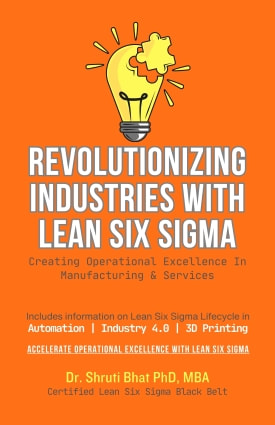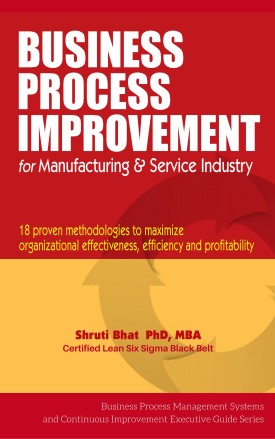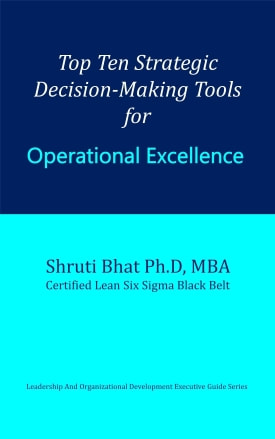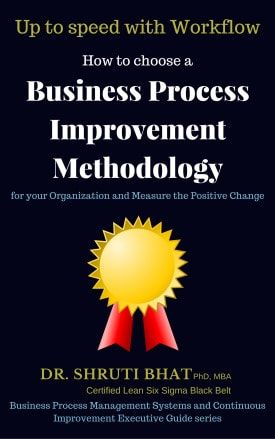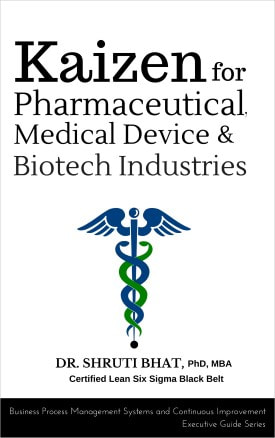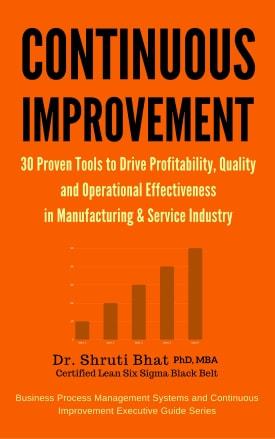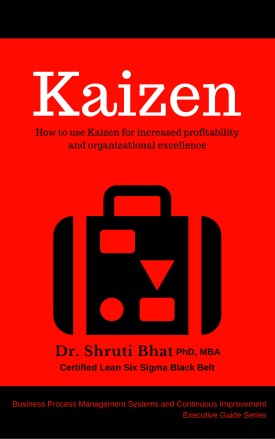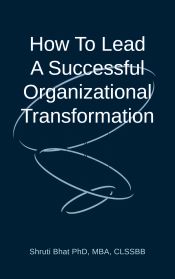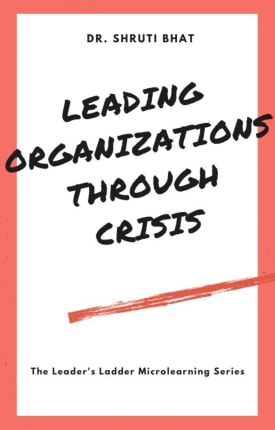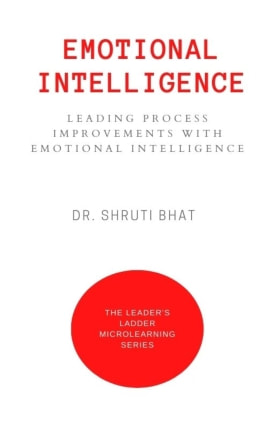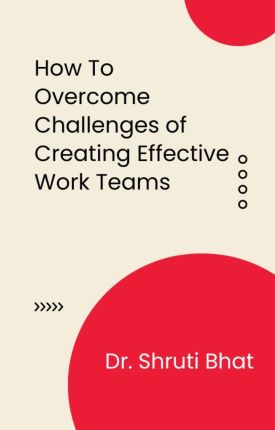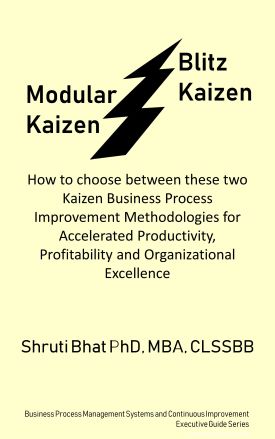This work involved coated pellets for prolonged release of drugs and was presumably the forerunner to the development of the coated particle approach to sustained dds that was introduced later by Blythe in the early 1950’s- ‘Spansule’ by Smith Kline French.
The Oral CRDDS may be formulated by employing the following mentioned kinetic phenomena:
- Dissolution control (Reservoir / matrix)
- Diffusion control (Reservoir / matrix)
- Bioerodible and combination diffusion and dissolution systems
- Osmotically controlled systems
- Ion-exchange systems
- Pro-drug approach
I) DISSOLUTION Control SYSTEM:
Dissolution - controlled systems can be made to be sustaining in several different ways. By alternating layers of drug with rate-controlling coats; a pulsed delivery can be achieved. An alternative method is to administer the drug as a group of beads that have coatings of different thickness. This is the principle of the ‘spansule’ capsule marketed by Smith Kline Beecham.
ii) DIFFUSION Control SYSTEM:
Diffusion systems are characterized by the release rate of a drug being dependent on its diffusion through an inert membrane barrier. Usually, this barrier is an insoluble polymer. In general, two types of subclasses of diffusional systems are recognized; reservoir devices and matrix devices.
Reservoir Devices as the name implies are characterized by a core of drug, the reservoir, surrounded by a polymer membrane. The nature of the membrane determines the rate of release of drug from the system.
Reservoir diffusional systems have several advantages over conventional dosage forms. They can offer zero-order release of drug, the kinetics of which can be controlled by changing the characteristics of the polymer to meet the particular drug and therapy conditions. The inherent disadvantage is that, unless the polymer is soluble, the system must somehow be removed from the body after the drug has been released.
Matrix Device as the name implies, consists of drug dispersed homogeneously through out a polymer matrix. Diffusion of the drug is based on: -
- Initial concentration of drug in the matrix.
- Porosity of matrix
- Tortuosity of matrix
- Polymer system forming the matrix and
- Solubility of the drug.
Matrix system offers several advantages. They are in general, easy to make and can be made to release high-molecular weight compounds. The primary disadvantage of this system is that the remaining matrix “ghost” must be removed after the drug has been released.
iii) BIOERODIBLE and Combination Diffusion and dissolution SYSTEMS:
Therapeutic system strictly will never be dependent on ‘dissolution’ only or ‘diffusion’ only Fig. 1 shows a schematic drawing illustrating three mechanisms for controlled release from a biodegradable / erodible matrix. The complexity of the system arise from the fact that, as the polymer dissolves, the diffusional path length for the drug may change.
This usually results in moving-boundary diffusion system. Zero order release can occur only if surface erosion occurs and surface area does not change with time. The inherent advantage of such a system is that the bioerodible property of the matrix does not result in a ‘ghost matrix’.
Albumin, Celluloses, Gelatin, Chitosan, Methacrylic polymers, Carbopols etc. are few of the polymers employed in dissolution / diffusion CRDDS.
In the next post, we discuss further on the other types of oral per oral controlled release drug delivery systems ...


